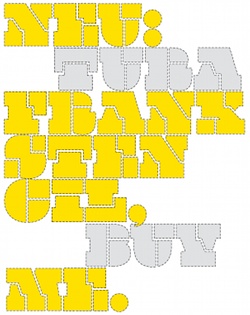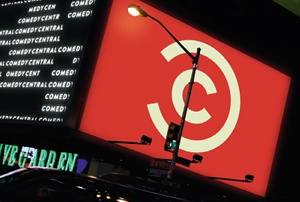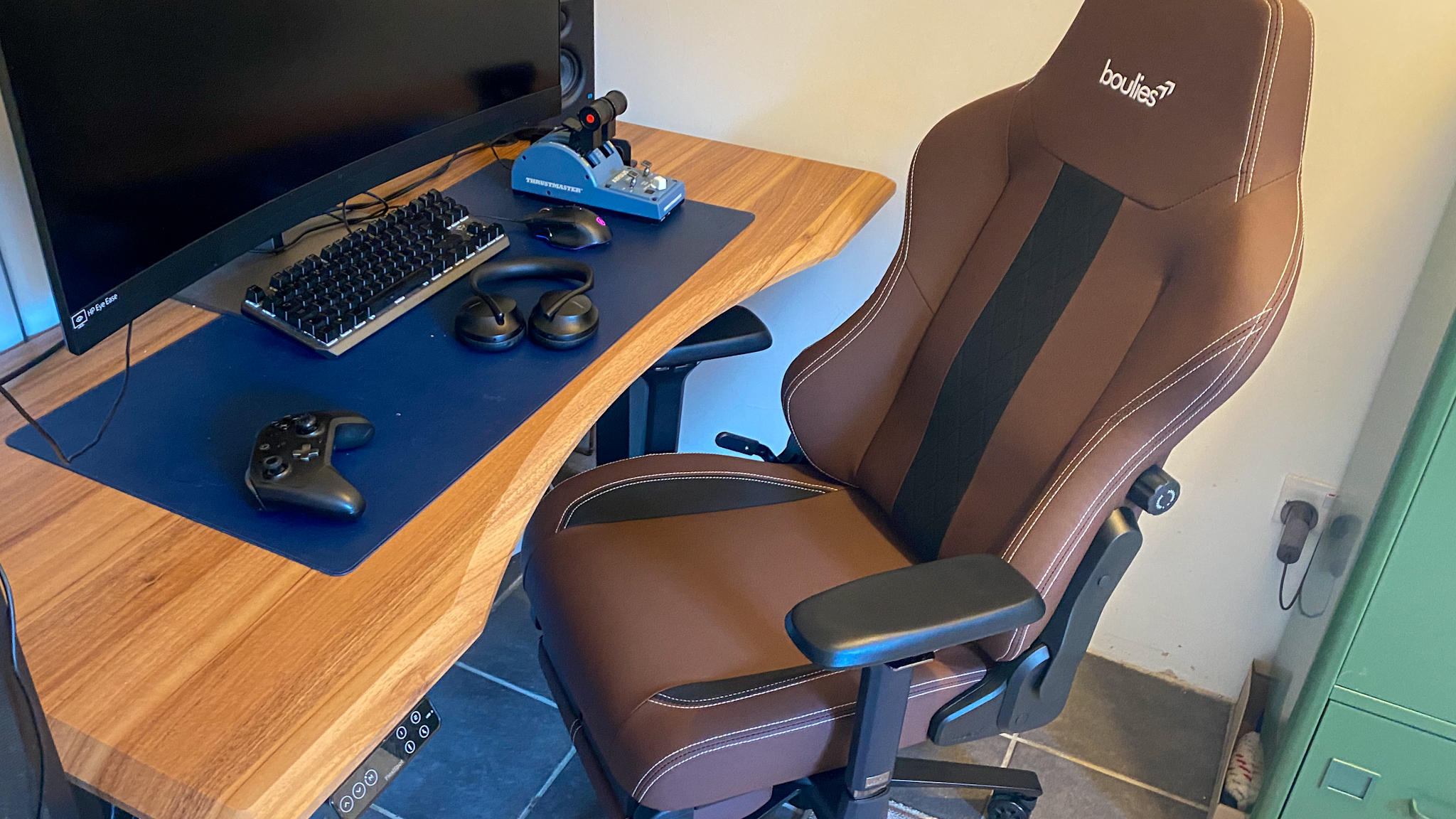Meomi
Two-person studio Meomi hit the big time with their Octonauts characters – and that was just the beginning, as Ed Ricketts discovers
“Designing a character is like trying to get to know someone,” says Vicki Wong, one half of Meomi. “You ask them where they come from, what they like to do, what they like to eat, who their friends are and so on. A character’s emerging personality and interests will often influence how we progress with the design.”
She makes it sound easy but then, as soon becomes apparent while talking to them, Meomi aren’t ones to blow their own trumpets. Consisting solely of Wong and creative partner Michael Murphy, the studio is probably best known for creating the Octonauts children’s book series, which follows the journeys of a hardy group of animals as they roam under the ocean looking for fun and adventure. With four books currently produced, the exploits of Captain Barnacles Bear, Kwazii Kitten, Peso Penguin and more have also become familiar to pre-schoolers worldwide via an animated TV series produced by Chorion and Brown Bag Films.

It’s safe to say that Meomi had no idea that the Octonauts would become such a huge global hit when they first designed them. “They just started out as desktop wallpaper calendars in 2004,” explains Wong. “We created them as downloadables to celebrate our love of the underwater world, fun sci-fitech, and cute critters. Each month, we introduced new characters and gave a glimpse into their adventures.”
Thus Captain Barnacles was born just because they wanted to have a polar bear character, Kwazii was inspired by Wong’s one-eyed pet cat, and “Professor Inkling was the last character introduced in December, after we’d fallen in love with Dumbo the octopus from the BBC’s Blue Planet series.” In 2005, they were approached by a US publisher to create a picture book, and since they already had several new stories in mind, they readily agreed.
Since then, the hugely positive response to the Octonauts has almost overwhelmed Meomi. “With our books, we’ve just tried to come up with stories that we’d enjoy, so it’s really humbling that so many people have allowed us to share our strange and funny stories with them,” says Wong. “On a daily basis, we’re in awe at the kindness and creativity of all the Octonauts fans sharing their enthusiasm with us via online social networks.” Said fans have created cakes, costumes, craft toys and more, all based on the now-iconic characters.
The two halves of Meomi met through “a shared love of cutaway drawings, Barbapapa, and squirrels,” according to Wong. In 2000 she was living and working in Copenhagen as an art director and designer, while Murphy worked in motion graphics and new media. Having seen one of Wong’s drawings on her website, Murphy sent her an introductory email, which led to a long exchange of drawings and more missives. By 2002, they had decided to work together under the name Meomi (named after a particularly excited noise a cat they knew liked to make), and nine years later they are “a little husband and wife studio focusing on doing projects for fun clients, writing and illustrating stories, seeking out the whimsical and the delightful.”
It’s a sweet story and one that perfectly fits with Meomi’s worldview. Their characters are cute and cuddly and very slightly odd, without ever tipping into the realms of tweeness, and they have that useful quality of appealing to both adults and children. Meomi’s characters don’t look as if they belong to some mythical Victorian age; they reference thoroughly modern themes and possess the sort of pop culture sass that clicks with viewers.
A good case in point is Meomi’s designs for the 2010 Vancouver Winter Olympics – a massive project which, says Wong, they would never have dreamed of pursuing off their own bat. As it was, the event’s creative director Leo Obstbaum invited them to submit a portfolio. “We could tell he had a real passion for contemporary character design, loved vinyl toys and was fully aware of the design aesthetic and creativity of what’s happening ‘now’,” explains Wong. “He was interested in us because of our style and approach to design.”

Eventually Meomi managed to find themselves as one of two finalists (out of 177 original entrants) hired to create concept designs for characters based on the themes of the games: multiculturalism, sustainability and sportsmanship. They developed ten designs in total, five for the Olympics and five for the Paralympics.
“Each character had to come with its own story,” Wong continues. “We think that our experience as children’s book authors and illustrators probably gave us some advantage, as we had experience developing not only what the characters look like, but also their personalities – their likes and dreams and how they relate to each other. It seems they liked our work, and the final mascots came from those concepts.” The mascots were Miga, Quatchi, Sumi and his sidekick Mukmuk. All four were based on local legends – Quatchi, for instance, is a sasquatch – with names similarly derived from local languages. It was important for Meomi that the characters embodied elements of what it means to be Canadian or British Columbian. That meant interpreting the ancient myths in terms that kids would appreciate, as well as suggesting the idea that every culture has similar themes and myths in its own make-up.
Wong says that, far from being subjected to endless design-by-committee meetings, there were very few refinements from the original concept work to the final designs, bar some colour changes.

“We did have to work in complete secrecy for about a year, though,” she adds. “Until the reveal of the mascots, we weren’t allowed to tell anyone we were involved with about the project. Every file was triple-passworded and we had to live a bit like hermits as there were journalists frequently trying to scope out leaks.”
One thing that might not be obvious from Meomi’s portfolio is the amount of animation they create in addition to character design. In fact, says Wong, “for the last few years, we’ve actually worked on just as much animation as illustration. We created lots of animations of the 2010 Olympic mascots, for instance. For the Octonauts TV series, we animated Kwazii’s ‘fantasy’ sequences, as well as the various computer screens that the characters use to teach undersea creature facts.”
They’ve also undertaken projects for larger commercial clients such as Google, for which they designed various characters for themes in iGoogle and Gmail. That particular gig came about through their design friends at Cuban Council. “Google was great to work with – they were quite open to exploring different types of visuals and were flexible with letting us develop themes that interested us. Teahouse Fox, one of the Google characters, has a special place in our hearts – and his own Facebook fan page.”
In some ways, it seems as if Meomi inhabit their own parallel world filled with their fantasy creatures. Digital technology doesn’t seem to particularly interest them beyond its obvious uses – when we ask what they use to create their characters, Wong simply says “Sticks, acorns and sloths” – and the fact that she works in Vancouver while Murphy is in Los Angeles doesn’t particularly faze them. “It’s funny actually,” she says of this long-distance collaboration. “Even when we’re in the same place, we often work the same way – via IM. We’re constantly sending each other screenshots for feedback. As we work digitally, it’s quick to send a file if one of us gets stuck and needs a fresh eye. We do also meet frequently in real life though.”
In any case, the set-up clearly works. Series two of Octonauts is about to go into production, and the pair are also starting to work on new Octonauts books. With this and other recent work for the likes of Rojo magazine, EA’s Club Pogo games and various character designs for corporate websites, Meomi have plenty more characters and worlds waiting to see the light of day. “We hope in the future to be able to develop our analogue space to work on non-digital elements, too,” adds Wong. “So, things like stop motion sets, sound design, music and photography. There are so many interesting mediums out there to explore.”

Thank you for reading 5 articles this month* Join now for unlimited access
Enjoy your first month for just £1 / $1 / €1
*Read 5 free articles per month without a subscription

Join now for unlimited access
Try first month for just £1 / $1 / €1
Get the Creative Bloq Newsletter
Daily design news, reviews, how-tos and more, as picked by the editors.

The Creative Bloq team is made up of a group of design fans, and has changed and evolved since Creative Bloq began back in 2012. The current website team consists of eight full-time members of staff: Editor Georgia Coggan, Deputy Editor Rosie Hilder, Ecommerce Editor Beren Neale, Senior News Editor Daniel Piper, Editor, Digital Art and 3D Ian Dean, Tech Reviews Editor Erlingur Einarsson, Ecommerce Writer Beth Nicholls and Staff Writer Natalie Fear, as well as a roster of freelancers from around the world. The ImagineFX magazine team also pitch in, ensuring that content from leading digital art publication ImagineFX is represented on Creative Bloq.
